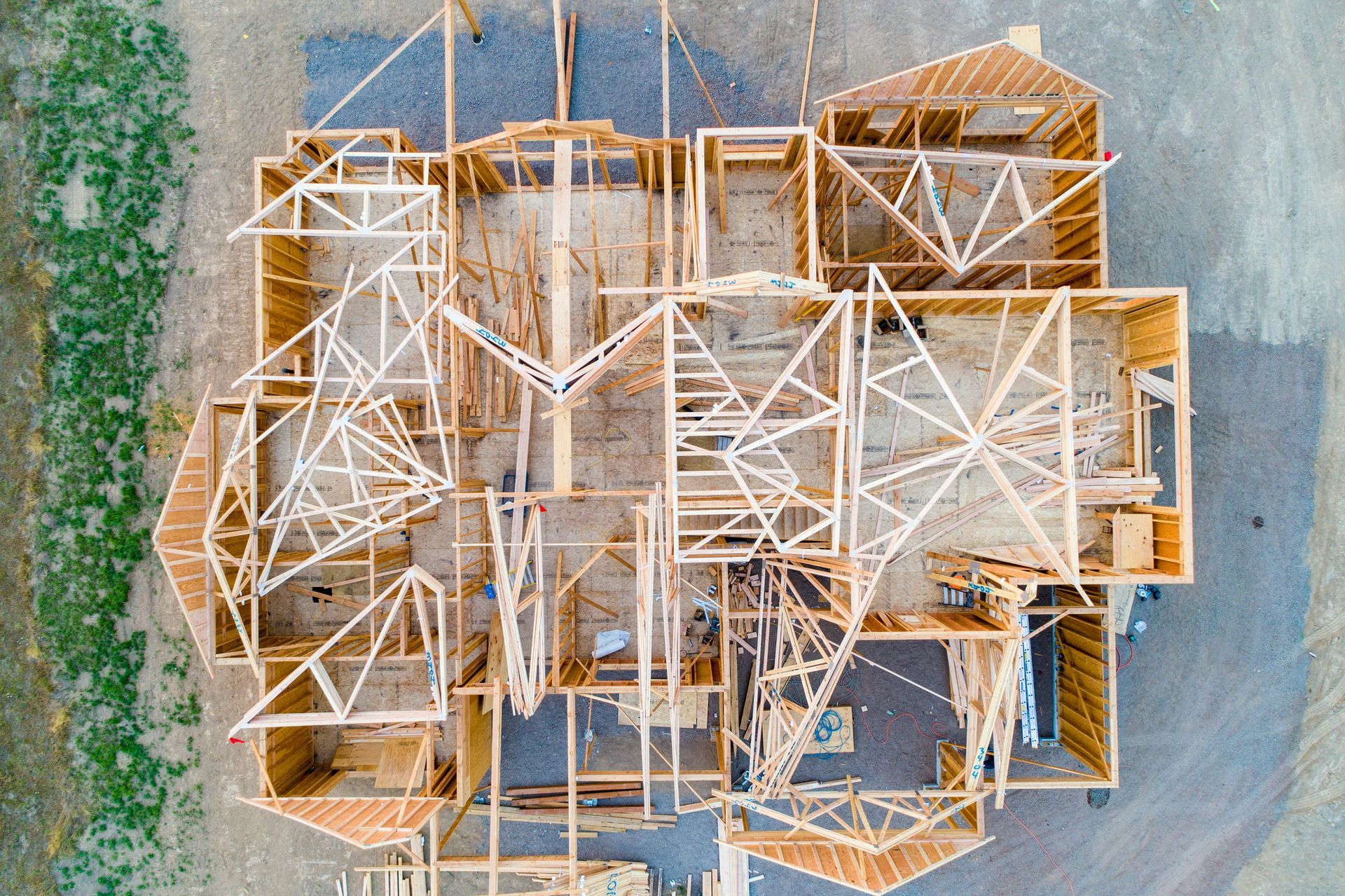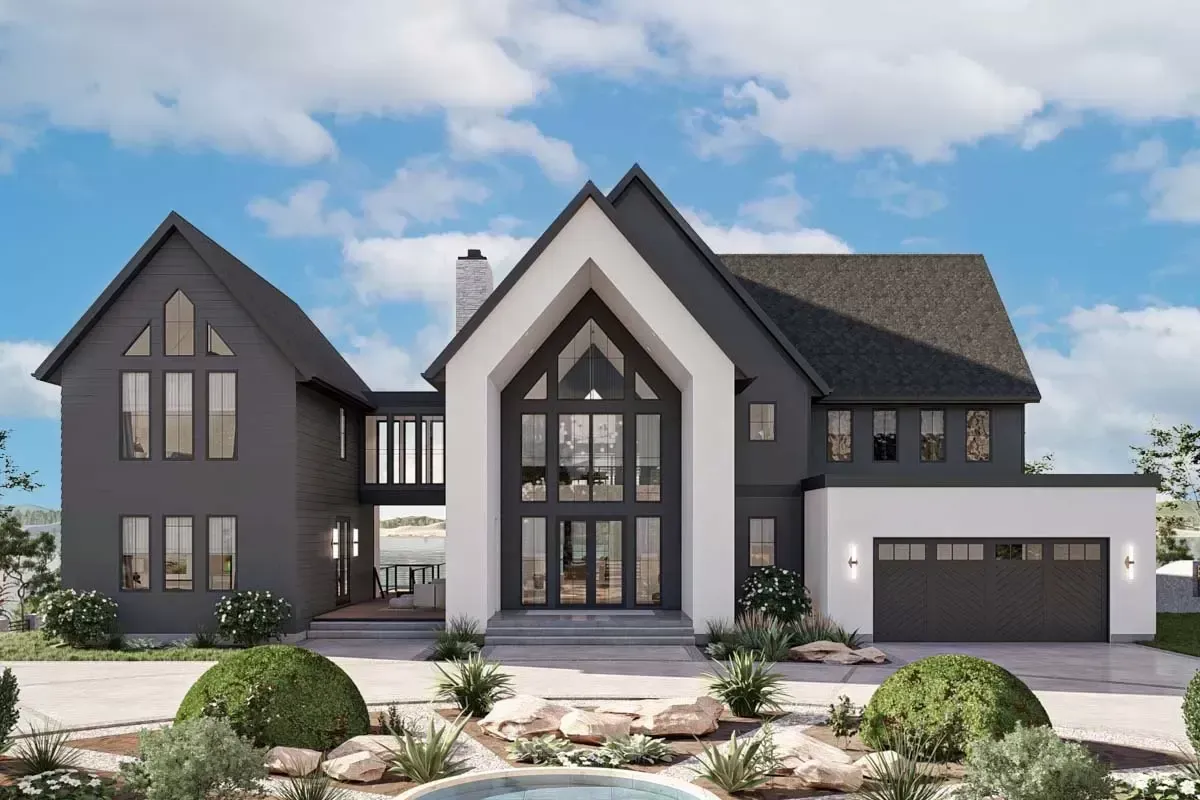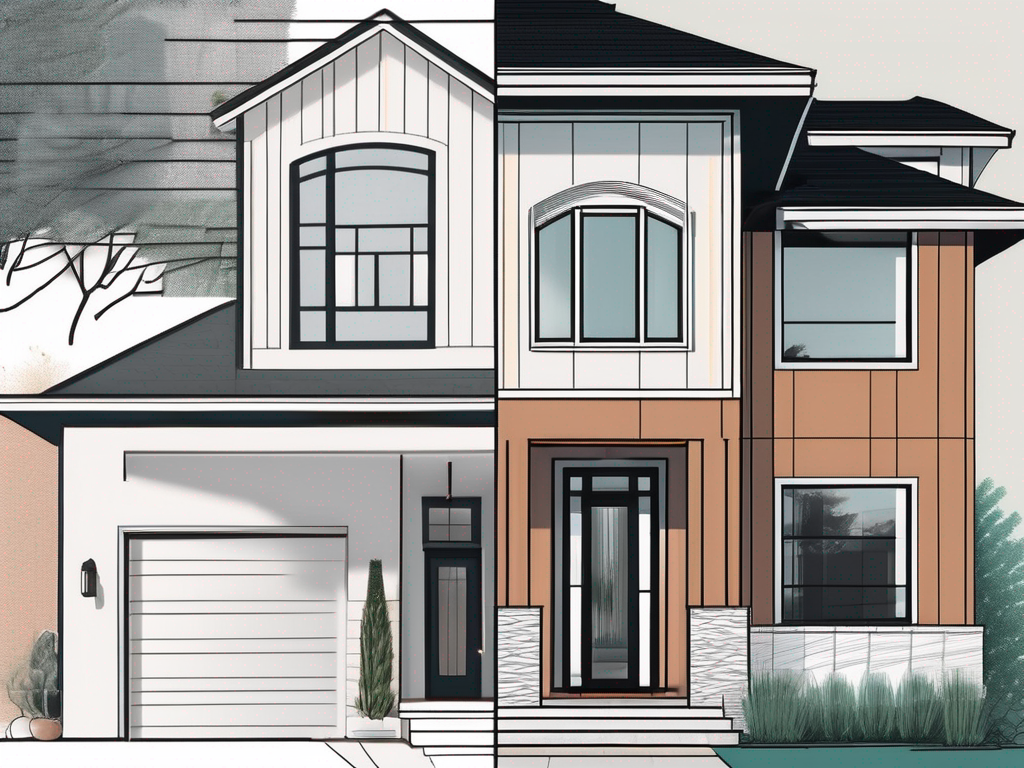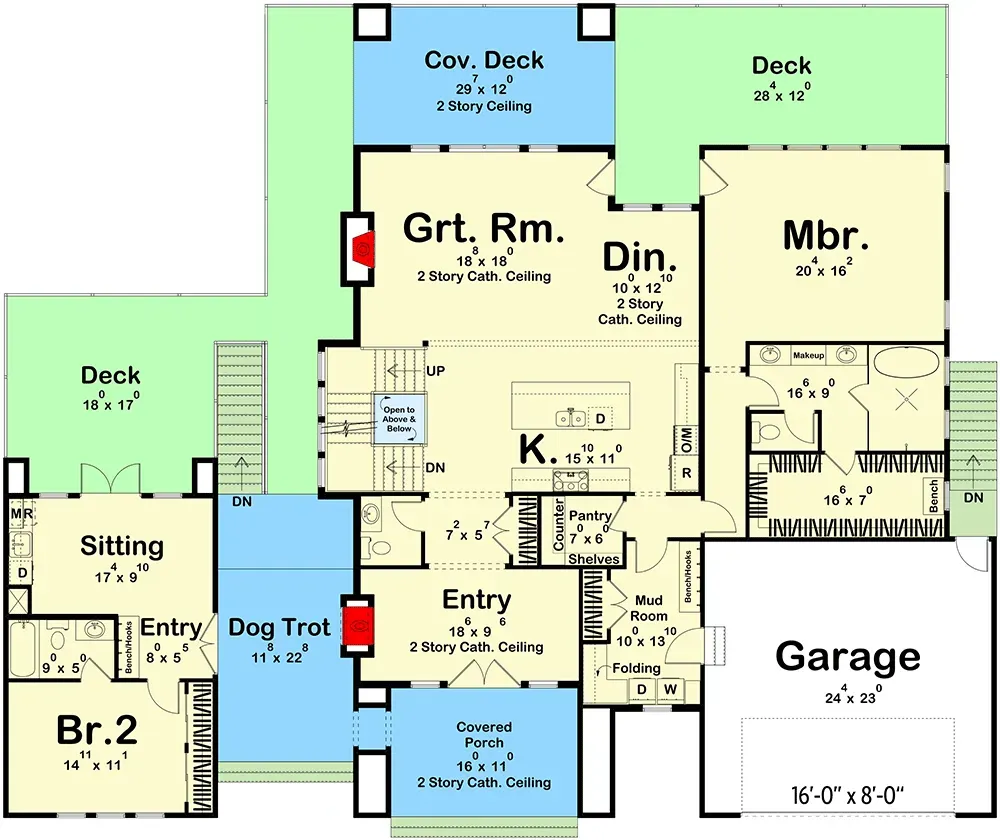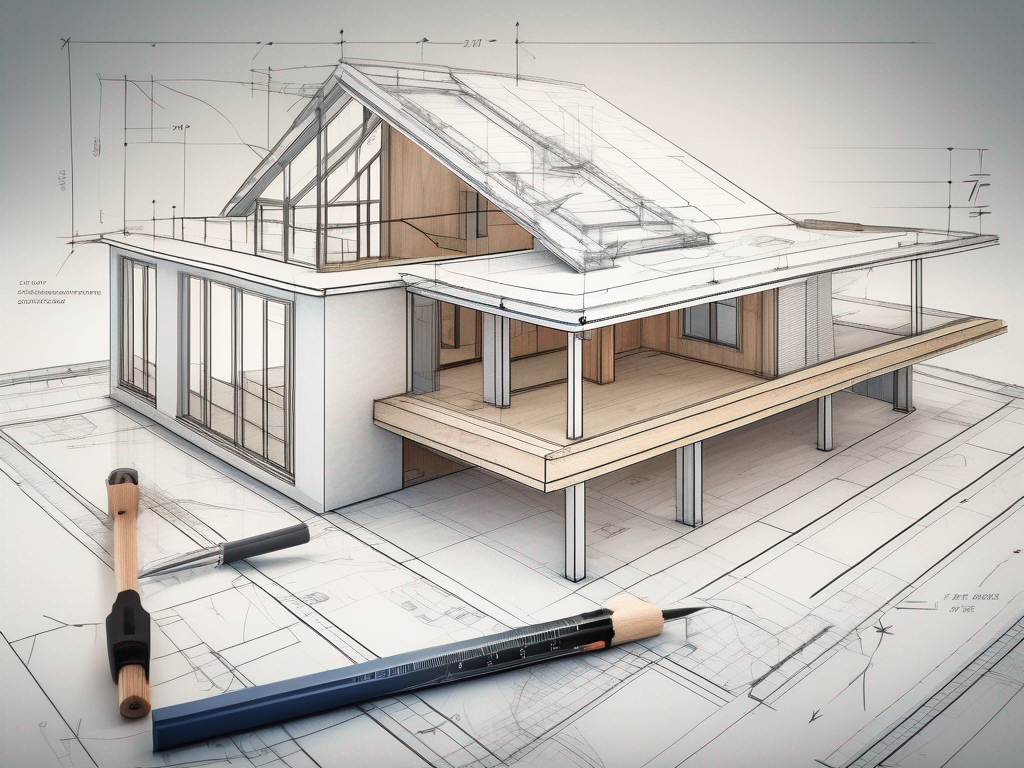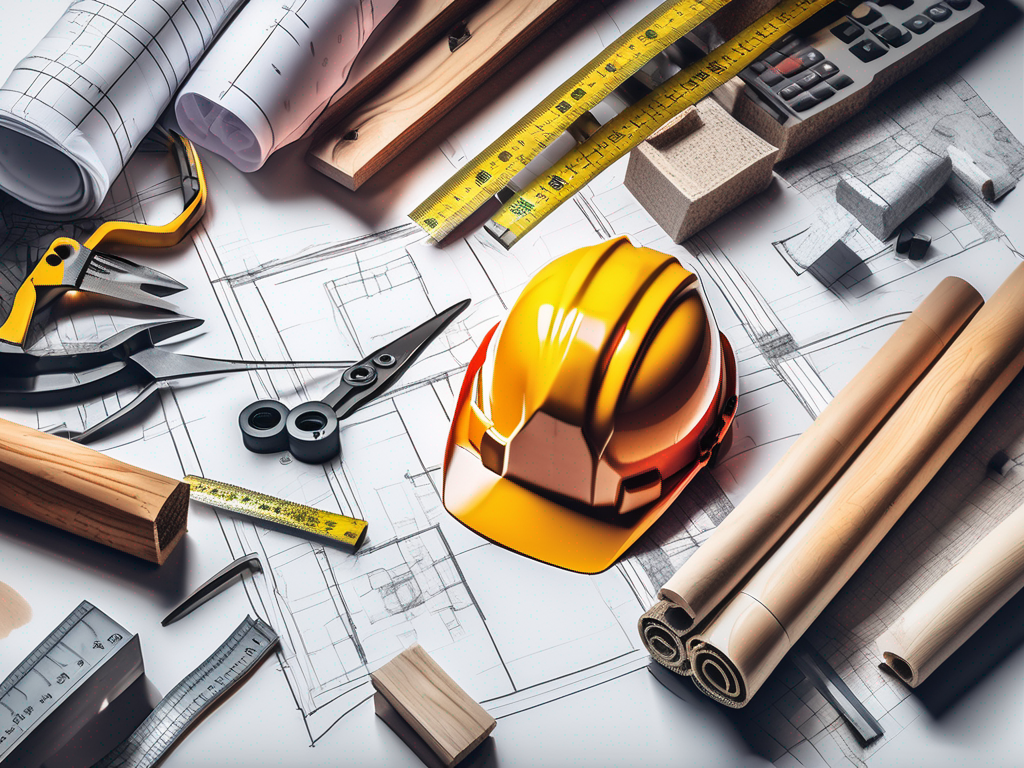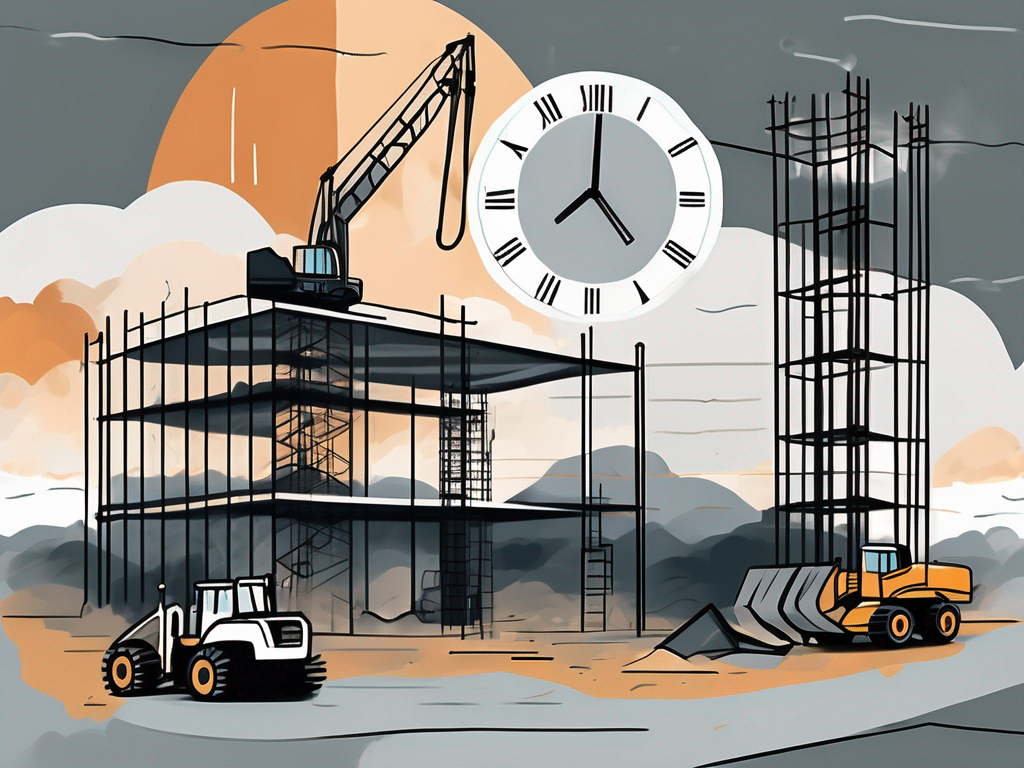The Complete Guide to Building Your Dream Home
The Complete Guide to Building Your Dream Home
Building your dream home is one of the most significant investments you'll ever make. The journey can be exciting but also overwhelming, as there are many factors to consider. This guide will walk you through the home building process, from initial planning to the construction phase, providing essential tips and advice along the way.
Understanding the Home Building Process
Initial Planning: Budget, Design, and Location
The first step in building your dream home is to establish a solid plan. Begin by determining your budget, as this will guide nearly all of your decisions. Consider how much you can afford, including the cost of land, construction, and any additional expenses related to the project. It's wise to set aside a contingency fund for unexpected costs that may arise during construction, as these can often derail even the best-laid plans.
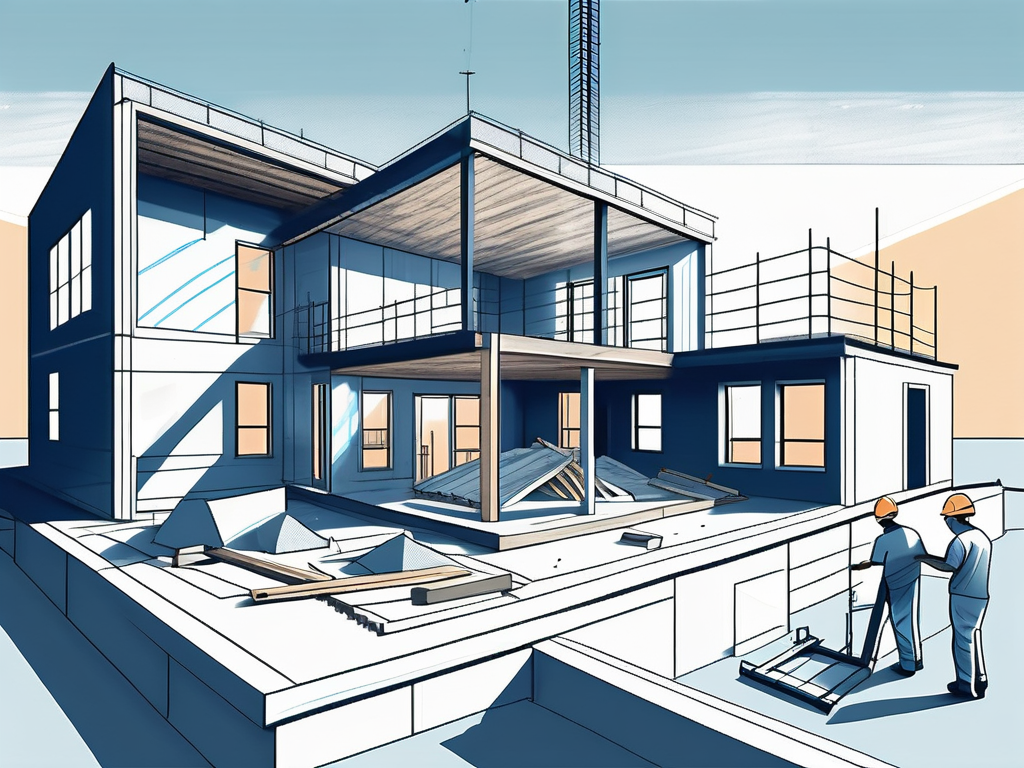
Next, think about the location. A good location can increase your home’s value and enhance your lifestyle. Research neighborhoods, access to schools, amenities, and overall community vibe to find a place that feels just right for you. Additionally, consider factors such as proximity to your workplace, public transportation options, and future development plans in the area, as these can significantly impact your daily life and the long-term value of your investment.
Hiring the Right Professionals: Architects and Builders
Once you've outlined your budget and location, it's time to assemble your team. Hiring the right professionals is critical. Start with finding an architect who understands your vision and can translate it into a workable design. Look for portfolios that resonate with you and read reviews from past clients. An architect can also provide insights into sustainable building practices and energy-efficient designs, which can save you money in the long run while reducing your environmental footprint.
Similarly, choose a reputable builder with experience in constructing similar homes. Look for recommendations, testimonies, and verify their credentials. A dependable team will ensure a smoother building process and quality craftsmanship. Don't hesitate to ask potential builders about their project management style and communication practices, as a good relationship with your builder can make a significant difference in the overall experience of building your home.
Navigating Building Permits and Regulations
Before breaking ground, it’s crucial to understand the necessary permits and regulations required in your area. Every state and municipality has its own requirements, which can affect both the timeline and cost of your building project. Compliance with zoning laws, building codes, and inspections is non-negotiable. Familiarize yourself with the specific regulations that apply to your property, as some areas may have restrictions on building height, design elements, or even landscaping.
Consult local planning departments for guidance and potentially hire a project manager who specializes in navigating these areas for seamless integration into your building process. This professional can help you stay on top of deadlines and ensure that all necessary paperwork is submitted correctly and on time, which can save you from costly delays. Additionally, understanding the community's architectural guidelines can help you design a home that not only meets your needs but also complements the surrounding environment, fostering a sense of harmony within the neighborhood.
Designing Your Dream Home
Choosing a Home Style That Suits You
The design of your home should reflect your personality and lifestyle. Consider various architectural styles, from modern and contemporary to traditional or craftsman. Visit homes in these styles to get a better sense of what resonates with you.
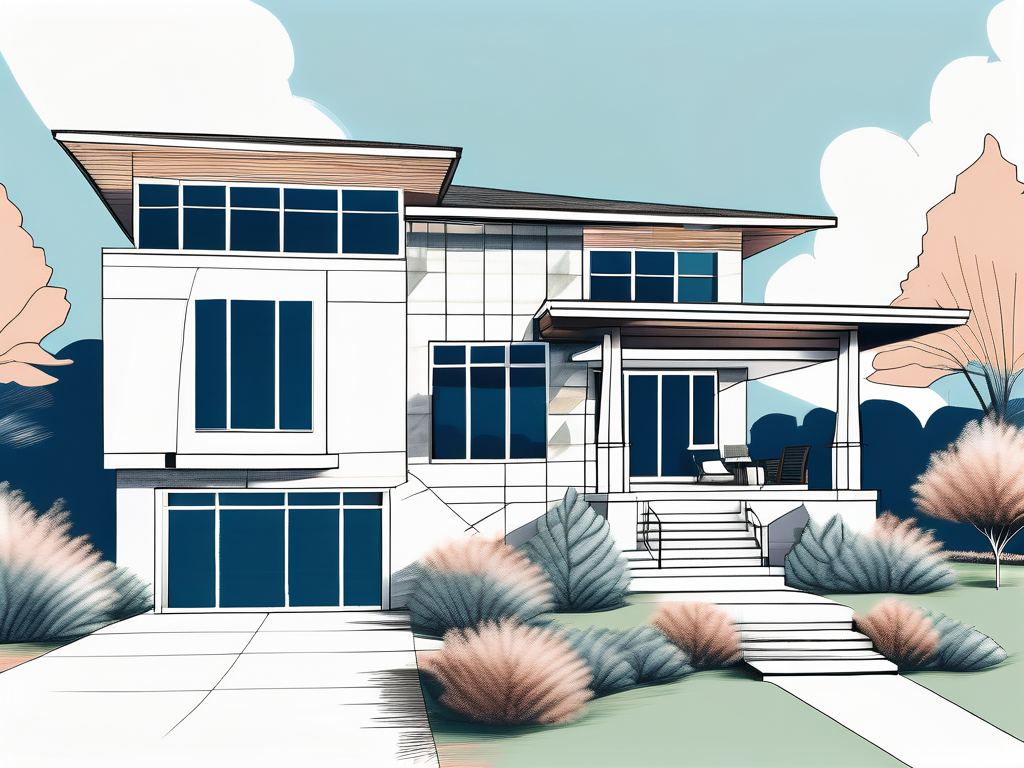
Think about how the chosen style impacts functionality. For instance, open floor plans can foster connectivity, while more segmented layouts may provide privacy in specific areas. Balance aesthetics with practicality based on how you envision living in your home.
Additionally, consider how different styles can influence the overall feel of your neighborhood. A modern home might stand out in a historic district, while a craftsman-style house can blend harmoniously with its surroundings. Researching local zoning laws and community guidelines can also help ensure that your dream home fits well within the context of your chosen area, enhancing both your experience and the neighborhood's character.
Planning Your Home Layout
With your style in mind, the next step is to layout your home effectively. Consider how you and your family will move through the space on a daily basis. Open common areas for family gatherings and efficient zones for quiet activities are essential. Pay attention to the flow between rooms.
Also, don’t forget about the orientation of your home. Natural light can drastically impact morale, energy use, and the overall ambiance. Positioning rooms based on sunlight exposure can help create a warm and inviting living space.
Moreover, think about the future needs of your family. As children grow or if you plan to host guests, flexibility in your layout can be crucial. Incorporating multi-functional spaces, such as a guest room that doubles as a home office, can provide versatility and adaptability. This foresight will ensure that your home remains comfortable and functional for years to come.
Selecting Interior and Exterior Features
The choice of interior and exterior features defines the character of your home. From exterior finishes like siding and roofing materials to interior fixtures such as cabinetry and flooring, every detail plays an important role in the final aesthetic.
Consider investing in quality materials that enhance durability as well as aesthetic appeal. Expert advice from companies like TurnKey Homes can be invaluable, as they specialize in guiding homeowners through the selection process to ensure quality and style align with your vision and budget.
In addition to materials, think about how color palettes can influence the mood of your spaces. Light, airy colors can create a sense of openness, while deeper hues can add warmth and intimacy. Don't shy away from incorporating personal touches, such as custom artwork or family heirlooms, which can elevate the overall design and make your home uniquely yours. Remember, the goal is to create a cohesive environment that not only looks beautiful but also feels like a true reflection of who you are.
Financing Your Dream Home
Exploring Home Construction Loans
Financing the construction of your dream home can be daunting, but several options can help. Home construction loans typically provide funds in stages as work progresses. These loans often cover the cost of land, construction materials, labor, and more.
Research various lenders to find the option that offers the best rates and terms for your financial situation. Meeting with a financial advisor can also help to clarify which loan fits your needs and budget most appropriately.
Budgeting for Unexpected Costs
It’s essential to have a budget that accommodates unexpected costs, which are common in home building. A general rule of thumb is to set aside at least 10-20% of your overall budget for unforeseen expenses. This could include changes in material prices, design modifications, or weather-related delays.
Regular communication with your builder will help you stay informed about any potential changes that may affect costs, allowing you to adjust your budget and expectations accordingly.
Saving Money Without Compromising Quality
Many homeowners are eager to save costs but don't want to compromise on the quality of their new homes. One effective way to do this is by selecting a streamlined design that minimizes complexities in construction.
Additionally, sourcing materials directly and taking advantage of sales can significantly cut costs. Even negotiating directly with contractors for the best rates can yield savings. Collaborate with knowledgeable professionals who have experience—like those at TurnKey Homes—to make informed cost-saving decisions without sacrificing quality.
The Construction Phase
Understanding the Stages of Home Construction
The construction phase is where your dream begins to take shape. Typically, the process starts with site preparation and laying the foundation. This is followed by framing the structure, installing roofing, and laying exterior finishing materials.
Next, the interior work begins, which includes plumbing, electrical systems, drywall installation, and flooring. Each stage requires inspections and approvals, ensuring that every part of the build meets local codes and quality standards.
Dealing with Construction Delays
Delayed construction schedules can be frustrating, but understanding the causes can help you manage expectations. Weather, supply chain issues, and labor shortages are common culprits. Communicating regularly with your builder will offer you insights and help to mitigate worries.
Flexibility is key during this phase. While you may have a set timeline in mind, adjusting your expectations can reduce stress and contribute to a smoother overall process.
Ensuring Quality Control During Construction
Quality control is paramount when building a home. Regularly scheduled site visits are essential to ensure that all work meets your standards and those of the local building codes. An experienced builder will typically provide you with updates and address any concerns proactively.
Documenting your expectations and discussing them with your builder can help establish a mutual understanding of project milestones. This proactive approach allows for timely adjustments and ensures your home is built to last.
Article Summary
- The home building process consists of essential phases: planning, design, financing, and construction.
- Hiring the right team of architects and builders will significantly impact the success of your project.
- Understanding local permits and regulations is crucial for a smooth building experience.
- Thoughtful design choices affect the home’s functionality and aesthetics.
- Budgeting for unexpected costs can save you from financial strain.
- Maintaining quality control during construction will help achieve the home of your dreams.
By following this guide and utilizing the expertise of professionals like TurnKey Homes, you can navigate the home building journey with confidence, ensuring your dream home becomes a reality.
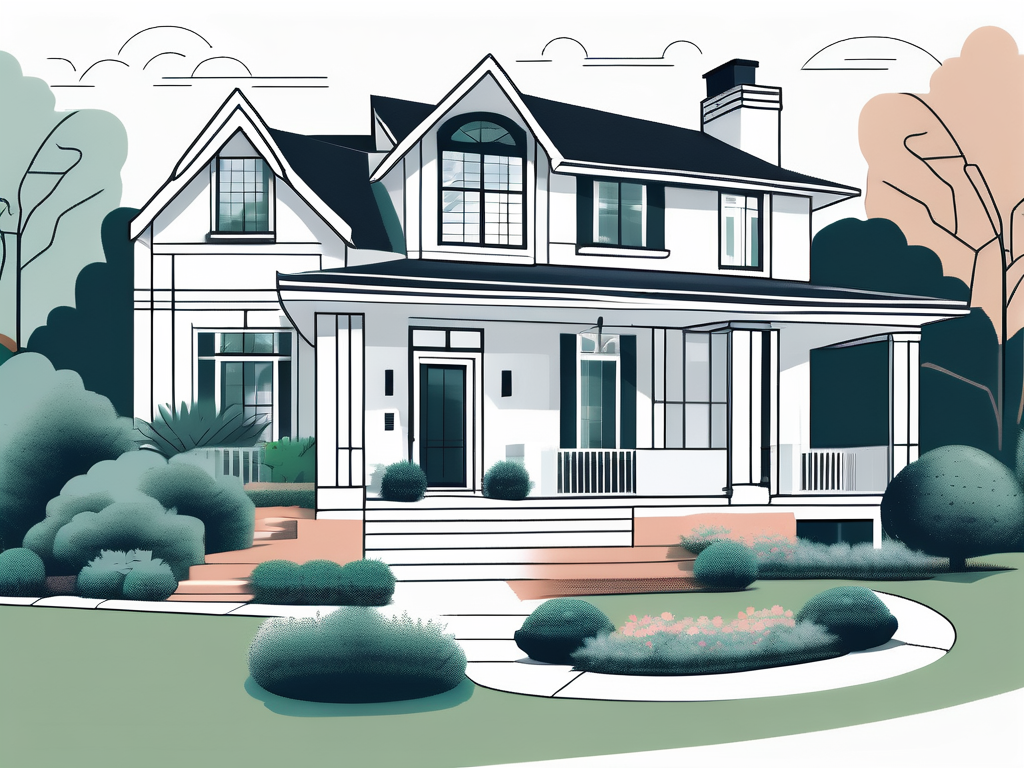
Let’s talk about your project
Fill out the form, or call us to set up a meeting at
We will get back to you as soon as possible.
Please try again later.


